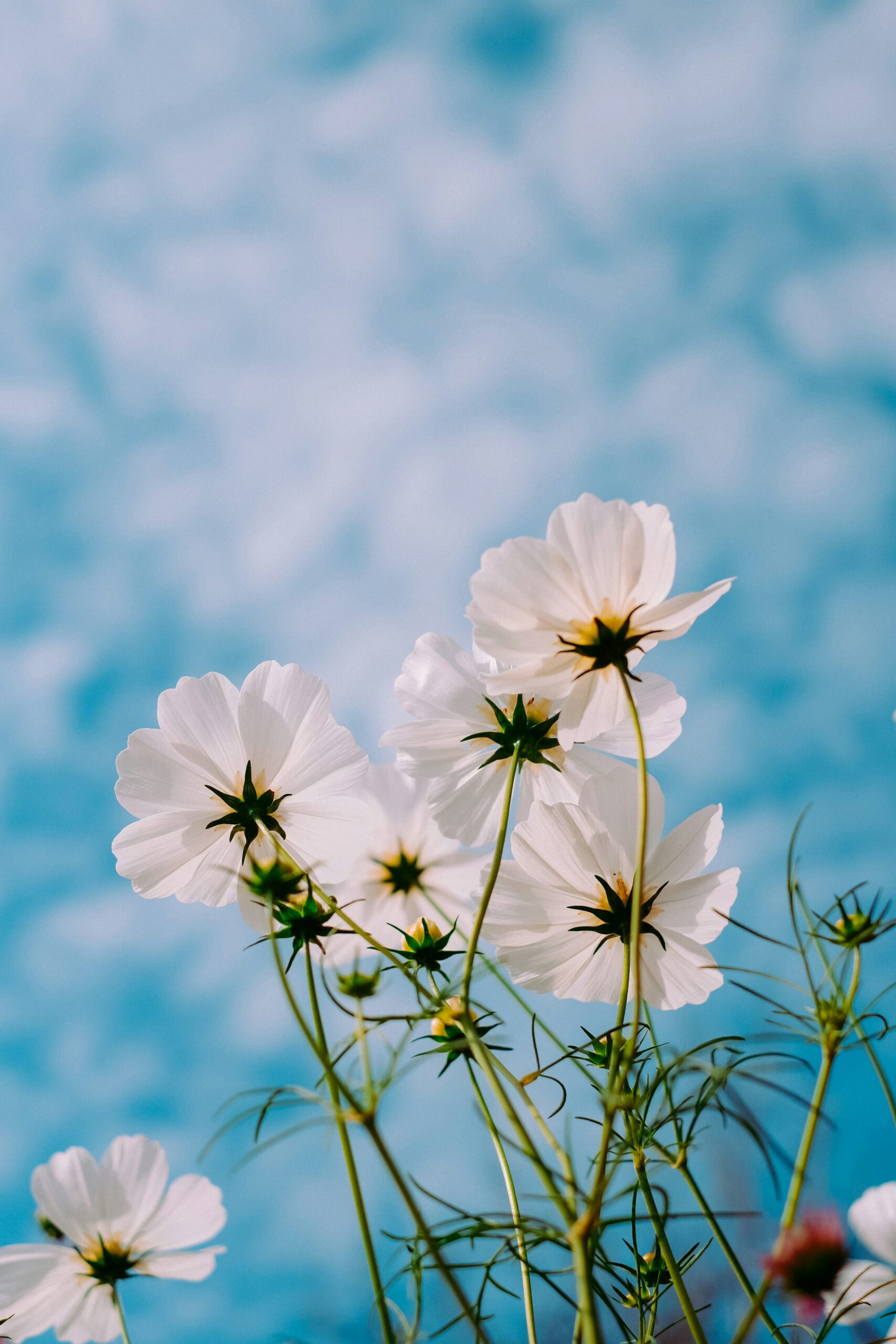Flowers have long been associated with beauty, nature, and expression, but they also hold deep cultural and symbolic significance across the world. Many nations have chosen a specific flower as their national symbol, representing their unique identity, history, and values. These national flowers often carry historical, cultural, and environmental significance, reflecting the spirit of the country they represent.
1. Cultural Significance of National Flowers
The selection of a national flower is not just about beauty; it’s about choosing a symbol that resonates with the nation’s heritage, environment, and cultural values. Different flowers are revered for their symbolic meanings, often representing concepts like purity, strength, resilience, and peace.
- Japan – Cherry Blossom (Sakura): The cherry blossom symbolizes the transient nature of life and beauty in Japanese culture. Every year, the blooming of cherry blossoms is celebrated with festivals (Hanami), where people come together to admire the fleeting beauty of the flowers. The cherry blossom is also a symbol of renewal and the passage of time.
- India – Lotus: The lotus is the national flower of India, deeply rooted in the country’s religious and spiritual traditions. In Hinduism and Buddhism, the lotus symbolizes purity, enlightenment, and self-regeneration. Despite growing in muddy waters, the lotus rises above the surface, symbolizing strength and beauty in adversity.
- United States – Rose: In 1986, the rose was declared the national flower of the United States, symbolizing love, passion, and devotion. The rose is versatile, representing various emotions and values through its different colors—red for love, white for purity, and yellow for friendship.
2. Environmental and Historical Connections
Many national flowers are chosen based on their environmental significance or their role in the history of the country. These flowers often thrive in the native environment and have played a role in shaping the culture or economy of the nation.
- Netherlands – Tulip: Tulips are synonymous with the Netherlands. In the 17th century, during the “Tulip Mania,” these flowers became a symbol of wealth and status, with some tulip bulbs being sold for extravagant prices. Today, the tulip continues to represent Dutch culture and the beauty of its vast fields of flowers, attracting millions of tourists each spring.
- Australia – Golden Wattle: The golden wattle is a symbol of unity and resilience for Australia. Its bright yellow blooms are not only visually stunning but also highly resilient, thriving in Australia’s varied climate. The golden wattle is seen as a representation of the nation’s endurance and adaptability.
- Mexico – Dahlia: The dahlia is Mexico’s national flower, native to the country’s mountainous regions. Known for its vibrant and intricate blooms, the dahlia was cultivated by the Aztecs for both decorative and medicinal purposes. It represents creativity, inner strength, and the rich cultural heritage of Mexico.
3. National Pride and Identity
A national flower can evoke a sense of pride and unity among the people of a country. It’s often a symbol that people rally around in times of celebration, remembrance, and national milestones.
- China – Peony: Known as the “King of Flowers” in China, the peony symbolizes prosperity, beauty, and honor. It has been a cultural icon in Chinese art and literature for centuries and is seen as a symbol of good fortune and feminine beauty. The flower is often associated with royalty and is a source of national pride.
- South Africa – King Protea: The king protea is a unique and exotic flower that represents South Africa’s diverse flora. With its striking, large bloom, the protea symbolizes change and transformation, reflecting the country’s journey through history and its evolving identity as a multicultural nation.
- France – Lily (Fleur-de-lis): The fleur-de-lis, a stylized lily, has been associated with French royalty and heraldry for centuries. It represents purity, nobility, and the divine right of kings. Even today, it remains a potent symbol of French heritage and is often seen in cultural and historical contexts.
4. The Role of National Flowers in Modern Times
In modern times, national flowers continue to serve as symbols of environmental consciousness and cultural preservation. Many countries use their national flowers to promote tourism, celebrate nature, and raise awareness about environmental conservation.
- Conservation and Tourism: Countries like the Netherlands (with its tulip fields) and Japan (with its cherry blossom festivals) draw millions of tourists each year, boosting their economies while celebrating their natural heritage.
- Environmental Initiatives: National flowers are also tied to environmental initiatives, with many nations working to preserve the natural habitats of their symbolic blooms. This helps to promote biodiversity and protect endangered species of flora.
Conclusion
The “Flower of the Nation” is more than just a plant; it is a powerful symbol of a country’s identity, culture, and values. These flowers inspire national pride, celebrate the beauty of the natural world, and remind people of their shared history and common goals. Whether it’s the cherry blossom in Japan, the lotus in India, or the rose in the United States, these flowers continue to be a source of inspiration and unity for people around the world.
